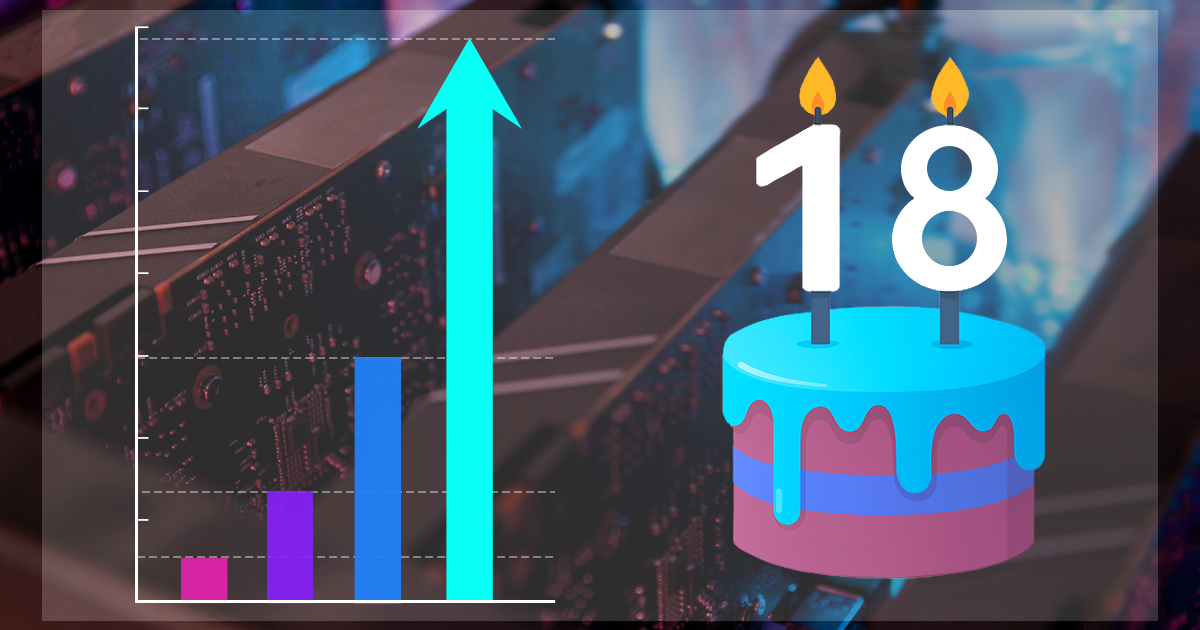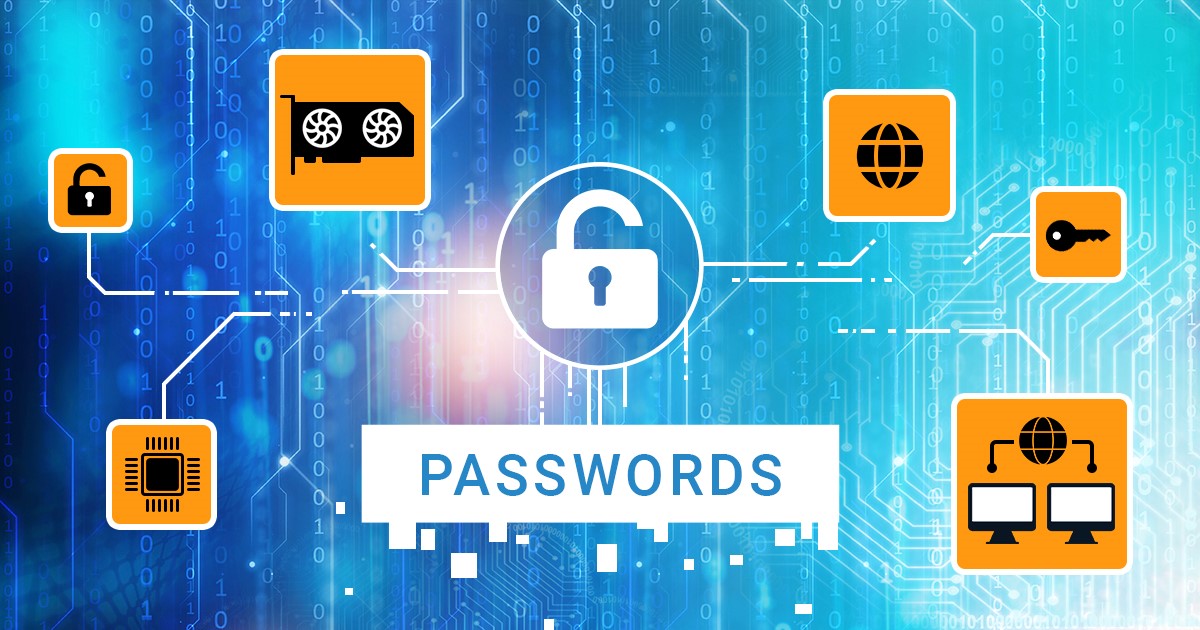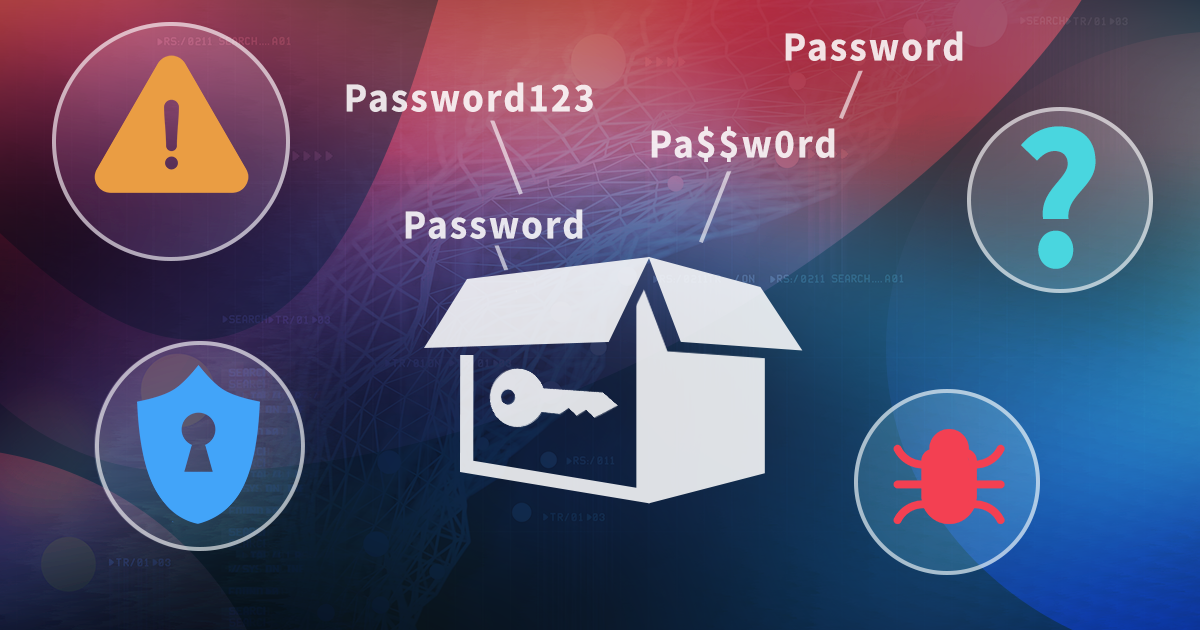In modern digital forensics, a reliable USB hub isn’t just a convenience – it’s a critical piece of lab infrastructure. With today’s laptops (especially MacBooks) offering only one or two USB-C ports – often occupied by power adapters – connecting all the required equipment becomes a real challenge. USB hubs help bridge this gap, solving port limitations, improving device compatibility, and even increasing the stability of the checkm8 exploit used for iPhone data extraction. This article explains why and where to use USB hubs shine in forensic workflows and how to choose the right model for your lab.
When You Absolutely Need a USB Hub
USB hubs become essential in several forensic scenarios:
- Your laptop lacks enough free ports, or your desktop has only one high-speed USB-C port.
- Some adapters or devices don’t work when plugged directly into a USB-A port.
- You need to run checkm8, which requires USB-A but your laptop only has USB-C.
- You’re getting low data transfer speeds or unreliable connections from USB-A to C cables.
Port Limitations on Modern Systems
MacBooks and other ultraportables often come with just two USB-C ports – and one is typically reserved for charging. That leaves only one free port, which just isn’t enough. For example, you might need to connect:
- A license dongle for forensic software,
- A data source like an iPhone or evidence drive,
- And a destination disk for storing extracted data.
Without a USB hub, this setup is impossible to run smoothly. Even desktops don’t always solve the problem: high-speed USB-C ports are usually limited, and USB-A ports can cause issues with modern power-hungry devices.
Device Compatibility Issues
Even with fully featured USB-C ports, you may find that certain devices – like NVMe write blockers – don’t work when connected directly. Yet, they function perfectly through a good USB hub.
This is often due to power delivery or protocol mismatches. Built-in USB-A ports typically provide only 500-900 mA, while USB-C (especially with Power Delivery) can deliver 3A or more. Underpowered devices may fail to operate or work erratically. In such cases, a hub connected to a USB-C port helps normalize power delivery and ensure compatibility.
checkm8 Extractions
The checkm8 exploit used for low-level data extraction from older Apple devices only works with a USB-A to Lightning cable. USB-C to Lightning cables are not supported. While USB-C to USB-A adapters might work, our data shows much higher stability when routing the connection through a USB hub. Even accounting for unknowns like the USB controller type or specific port version (USB 2.0 vs 3.x), the hub consistently improves success rates by eliminating variability.
Speed Matters – And Hubs Can Help
In theory, adding an intermediary such as a USB hub should reduce speed slightly. But in practice, forensic workflows often involve a variety of USB-A to C cables or flaky adapters that only operate at USB 2.0 speeds (480 Mbps) or fail to connect entirely when reversed. We’ve never found a cable that consistently works well in both directions on every port, but we have found USB hubs that deliver full performance and rock-solid reliability.
A good USB-C hub can support USB 3.1 Gen2 speeds (10 Gbps) and ensures that your devices – including high-speed drives and write blockers – operate as intended. If your system has enought available USB-C ports, connecting directly is ideal. But in most workflows, that’s a luxury – and the hub becomes essential.
How to Choose the Right USB Hub
Don’t just pick the flashiest model with a million ports. For forensic use, simpler is often better. Avoid hubs that try to do too much (HDMI, SD cards, Ethernet, etc.) — these can complicate compatibility.
Here’s what to look for:
- USB-C connection to the host computer
- Support for USB 3.2 Gen 2 (10 Gbps) or better – avoid USB 3.0 or USB 2.0
- At least two high-speed USB-A ports for dongles and certain write blockers (those with a built-in USB-A cable)
- At least two USB-C ports for external drives and the majority of write blockers
- USB Power Delivery passthrough if you’re using a laptop
- Long or detachable USB-C cable – especially if your desktop’s USB-C port is on the back
We’ve had great results with hubs from brands like Satechi (premium) and UGREEN (solid results typically at a lower price) such as this one.
Final Thoughts
Whether you’re working in the lab or on-site, a high-quality USB hub is a must-have. It keeps your setup flexible, stable, and fast – whether you’re cloning drives, extracting phone data, or using specialized forensic tools. Skipping the hub means unnecessarily complicating your workflow.


